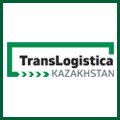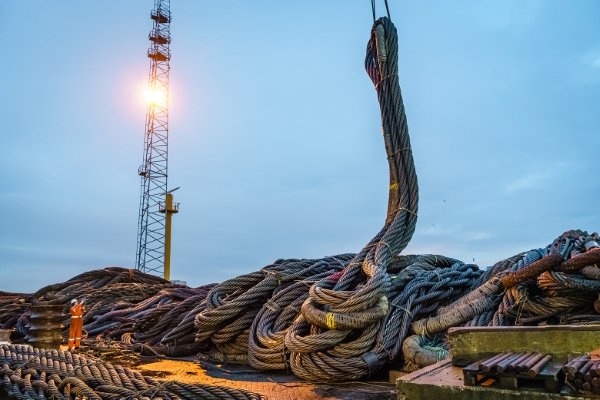 New project proves the cost-effectiveness and sustainability of reusing lifting equipment.
New project proves the cost-effectiveness and sustainability of reusing lifting equipment.
Hendrik Veder Group announces that it has rented a previously used 80-tonne steel wire rope to Saipem for the Seagreen Wind Energy project in Scotland. This offshore wind farm will generate enough energy to supply two thirds of Scottish households. By reusing steel wire rope instead of requiring for new rope to be produced, Saipem is also eliminating around 148 tonnes of CO2 emissions during the construction project.
The Seagreen Wind Energy project
The 1,075 MW Seagreen Wind Energy wind farm is located 27 kilometres off the coast of Angus, Scotland on the North Sea firth. It is designed to become Scotland’s largest offshore wind park, capable of producing enough green energy to supply more than 1.6 million households. That is the equivalent of two thirds of all households in Scotland.
Each year, Seagreen will prevent more than 2 million tonnes of CO2 emissions which would otherwise have been generated through the use of fossil-fuel-based energy sources. Saipem is involved in the construction of the windmill park, using its ship the S 7000, which is specially adapted to transport and install windmills.
Sustainable and cost-effective
Steel lifting equipment is used to load and unload the windmills onto the S 7000. As a specialist in reusing steel wire ropes, Hendrik Veder Group supported Saipem during this project by supplying a previously used rope for them to reuse. Before the rope can be reused, it must undergo a series of steps. These include inspection, refurbishment, re-lubrication, replacing accessories and transporting the cable. That final step is no easy task, considering that the rope is hundreds of metres long and weighs around 80 tonnes.
By eliminating the need for new steel wire rope to be produced, Saipem not only lowers its costs but also significantly reduces its CO2 emissions. The volume of emissions generated by the production of a new 80-tonne steel wire rope would have been around 140 tonnes. To offset that volume would require for around 5,624 trees (around 14 hectares) to be planted.
Egbert Vennik, CEO of Hendrik Veder Group, says, “We make it possible to reuse lifting equipment so that the offshore industry can also operate more sustainably and cost-effectively. Many companies are now faced with new sustainability requirements. This is often seen as an additional expense, but sustainability and profitability are not opposing forces. In fact, we show that the two can actually work hand in hand.”
Source Hendrik Veder Group

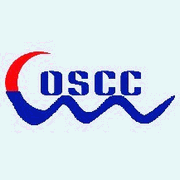
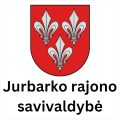
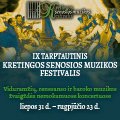
.jpg)

